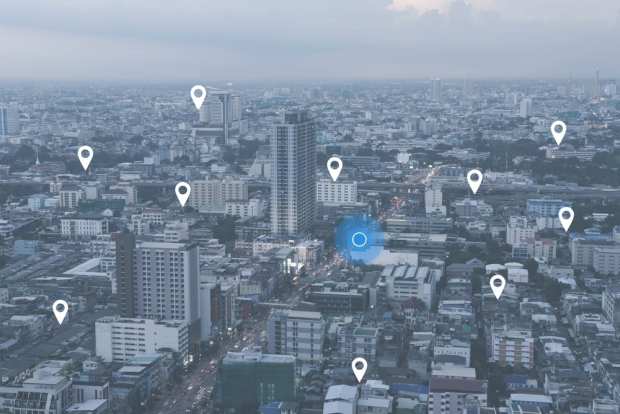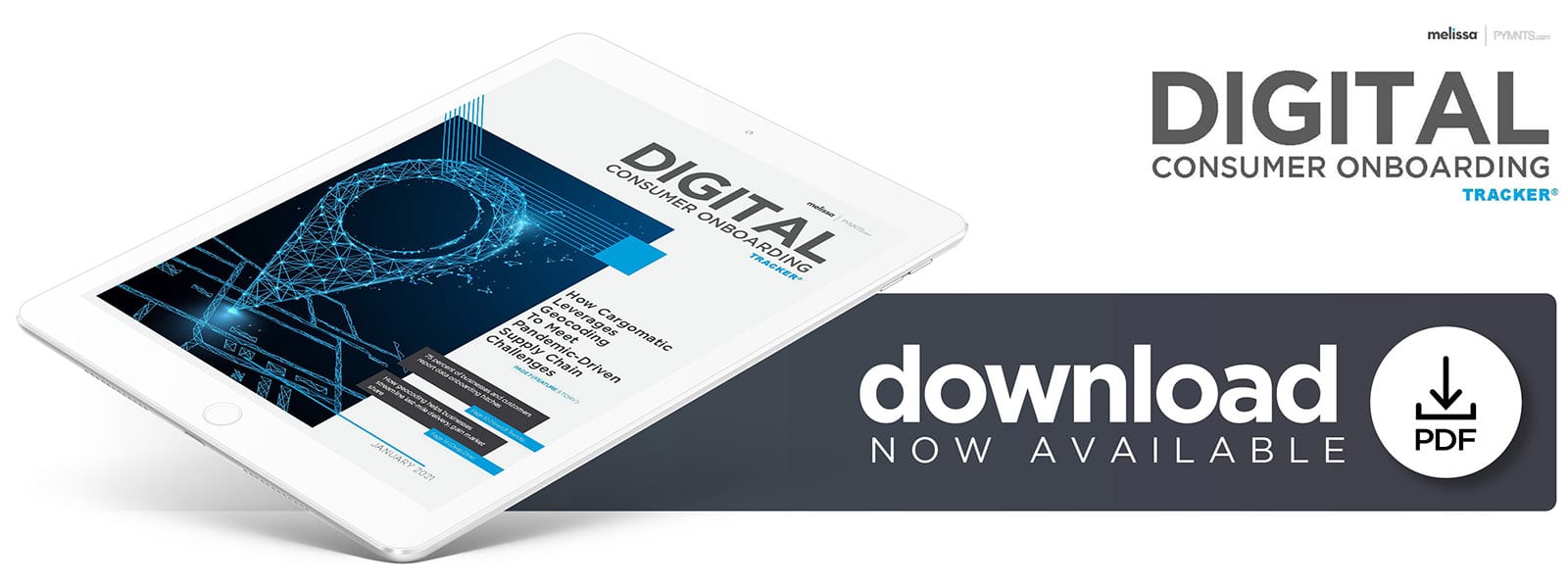Deep Dive: How Geocoding, Location Intelligence Unlock Valuable Analytics

Maintaining consumers’ correct address information is vital to entities such as retailers and banks.
Up-to-date customer addresses can unlock a wealth of valuable data for these firms that can be extrapolated to understand sales territories and more closely target demographics with specific products and services. Staying on top of accurate consumer addresses can seem impossible, however, without the right tools in place.
Inaccuracies can enter into address information in many ways. An estimated 17 percent of addresses become incorrect annually as consumers move or city planning alters street names and ZIP codes, for example. Another 20 percent of addresses typed into online forms contain errors, such as misspelled street names and ZIP codes. Inaccurate address data can result in unsuccessful deliveries, miscommunications with customers and missed sales opportunities.
One survey determined that 19 percent of failed deliveries stem from erroneous delivery addresses, for example, and 66 percent of respondents cited address accuracy as key to their business operations. Firms that lack precise customer records can suffer serious consequences, with mistaken deliveries accounting for $216,171 in lost sales every year. Merchants must therefore verify addresses to diminish the number of human errors.
This Deep Dive explores how address accuracy begins at the onboarding stage to avoid hurdles through the last mile of delivery and explains why geocoding holds the key to sidestepping those challenges.
Why Location Accuracy Is Make-Or-Break
Improving data collection has become more important than ever as the pandemic spurs consumers to move their shopping online, with the quality of address data often having the power to make or break sales. Merchants are responding by leveraging geocoding, the ability to match an IP address to the customer’s physical location.
IP address mapping allows for the plotting of latitudinal and longitudinal coordinates, or geocodes, with precise accuracy. Governments use geocoding data to distinguish geographic units, for example, and the U.S. Census Bureau’s Geocoder tool allows users to find a single address or as many as 10,000 at a time, which can then be used as a web interface or application programming interface (API).
Businesses also use geocoding surveys as marketing and logistics tools to analyze certain markets or improve shipping processes. Such tools measure a consumer’s proximity to distribution points so firms can calculate shipping fees and the most efficient delivery routes.
There are numerous benefits to the adoption of geocoding. Companies can use the technology to tailor communications and customize products and services to specific geographic areas, giving it the ability to increase sales, reduce losses to nearby competitors and help maintain market share. Tracking customer locations is not without its challenges, however. Consumers may lack trust in the identity verification process during onboarding, according to one study. Researchers found that shoppers’ mistrust led to 54 percent choosing one-time guest checkouts, while 37 percent said they are less likely to keep card information on file and 21 percent reported reluctance to purchase more products.
Gaining Consumer Trust
Location, Location, Location: How Location Data Can Help Banks Prevent Online Fraud, a study by PYMNTS and GeoGuard, found that 55 percent of U.S. consumers — 138 million — share location data with at least one app. Sixty-one percent share their location data with social media platforms, 55 percent with communication apps and 51 percent with weather apps, yet only 43 percent are willing to share their locations with mobile banking apps.
Consumers often worry about data privacy and about banks potentially sharing their data with third parties, but explaining that data will be used to personalize services and protect against account fraud can ease these anxieties. Forty-nine percent of consumers in PYMNTS’ study, for example, would feel more comfortable handing over their data if they had these assurances, with 20 percent saying their banks failed to explain why the information was needed in the first place.
Sharing location data for fraud protection is so compelling, in fact, that 42 percent of consumers would be at least “somewhat” likely to switch to a bank that offers such capabilities if it meant protecting their accounts. Younger consumers are even more comfortable than older demographics with sharing their addresses for this purpose, with more than 55 percent of Generation Z and millennial consumers and 52 percent of bridge millennials willing to do so.
Maintaining customer address accuracy is advantageous to companies in many ways, but reaping these benefits means making a good first impression through a secure and streamlined digital onboarding process. Customer communication, education and assured security are the keys to unlocking geocoding’s valuable analytics and ability to capture market share.

